Please note that this is one of a series of posts, all of which may contain spoilers for the MCU, and particularly Endgame.
Date re-watched: 2019-09-06
So, this is perhaps my most favourite of the MCU movies. Maybe it’s like the first even-numbered Star Trek you see. The Undiscovered Country may be a better movie, but Save The Whales will always have the favoured place in my heart.
It’s also probably the one I’ve watched the most, but only in clips. It was super-interesting to watch it in full-movie form, both without interruptions, but also to see all of the interstitial scenes that tied things together. It’s interesting, the decisions movie makers make, which connecting scenes they think to be necessary, and which ones not, kind of like decisions as to what action/etc. to put in the whitespace between comic panels[1]…
For example, these interstitial parts established Banner as some kind of M.D. (or at least proficient enough to practice medicine)[2].
The interstitial parts showed the interplay between the characters, really smart & funny dialogue (“he’s adopted”, “No hard feelings, Point Break, you’ve got a mean swing.”, “I was having 12% of a moment”, “How does Fury even see these?” “He turns.” “Sounds Exhausting.”, “Are you nuts?” “Jury’s out.”[3]
Interestingly, apparently Robert Downey Jr. is known to never say the same line twice: “Robert will never do the same line twice. I think it’s sort of, he gets bored the minute he says the line.” He also improvised the ‘blueberries scene’ near the “Jury’s out.” scene above.
Chris Hemsworth was kind of odd to watch in this movie, especially since Ragnarok was so fresh in my mind. This was pre-‘Kevin‘, but you can see some of his humour coming through in lines like “He’s adopted“, but he seems almost reticent or guilty about it (but that could be the scene), and plays it straight and narrow through the rest of the film, falling back on the once-interesting, but very one-note Shakespearean, similar to the first two Thor movies, one each before and after this. (Interestingly, it seems that the writers/director felt this way too, and decided to send it up with Tony’s mockery of Thor’s Shakespearean demeanour with “Doth mother know you weareth her drapes?“, but they rolled that back in Thor:The Dark World, reverting/sticking with the Shakespearean tone…speaking of Shakespearean tone, only Tom Hiddleston could have pulled off ‘Balm’ in an American movie.)
In this movie, we see various Avengers facing off against each other, perhaps because (like the first two Iron Man movies), the antagonists, while powerful, are not a match for the heroes all working together (witness Thor ‘lighting up’ the Chitauri coming through the portal). In these face-offs, one can see the relative power levels of the characters (or perhaps the perception of the screenwriter/director), with Thor and Iron Man battling to a standstill (although Thor might have been pulling his punches, as he’s still the protector of Earth, after all), with Hawkeye successful only through stealth (he is a ‘master assassin’, though), Thor knocking the Hulk back through better combat skill, and a seemingly similar ability to soak damage, and Black Widow vs. Hawkeye also quite evenly matched.
We see some interesting combat tactic foreshadowing, or perhaps Loki’s weakness, where both Cap & Thor have similar ‘throw something at him, make him react, then you can get inside his defenses’. Cap also mentions that Loki ‘packs quite a wallop’, suggesting that even though ‘weak’ for an ‘Asgardian’, Loki still somewhat outclasses the ‘Super-soldier’.
It’s also fun to speculate about the composition/mechanism of Iron Man’s repulsor beams, as they seem to have some sort of knockback force for Thor & Loki when used. Iron Man seems to also quickly one-shot Loki both times they confront each other directly.
We also see a common trope, where the ‘biggest gun’ is busy fixing something (or solving a different problem, where Iron Man is unavailable for the Helicarrier battle, where he could have make a huge difference, because he’s also the best (only) one who can solve the technical problem.
We see some character growth, from Natasha talking about the ‘red in her ledger’ that she wants to erase, talking with Barton about how she’s been ‘compromised’ and is now fighting for something. Thor’s (slow) growth is mentioned above, but his ‘protector of Earth’ is very much in play, especially wanting to protect Earth from the ‘higher form of war’. “Your work with the Tesseract is what drew Loki to it, and his allies. It is the signal to all the realms that the earth is ready for a higher form of war.”
One wonders how Thanos found Loki. The other time he fell off the Bifrost, he ended up on Sakaar. Given Thanos’ goals, it is possible that he was watching Asgard very closely for any signs of weakness. Speaking of Loki, how much of the ‘glorious purpose’ that he was ‘burdened with’ was from inside himself, how much was from drifting in space for a year, how much was from the mind stone?[4]
Loki’s plans were really not that good (as Tony was quick to point out). They involved dividing the Avengers, and making a quick show of force to cow the Earth into submission. This worked (mostly) well enough with the civilians at a gala in Stuttgart, but as soon as Cap & Tony got there, it quickly fell apart. Eventually, Loki’s machinations at the Helicarrier end up bringing the Avengers together, perhaps a type of ‘predestination paradox’… Even though the Chitauri are widely known (outside Earth) to be a terrible army (perhaps a sign that Thanos was not in favour of sending his ‘A-Game’ along with Loki[5]), Loki still used them badly. He sent a small number of Chitauri chariots, let the Avengers get used to them, then sent one large Leviathan, allowed the Hulk & Tony to take care of it, then sent ‘the rest’, with apparently only minimal orders, apparently only trying to cause as much destruction and chaos as possible.
Perhaps it is because, as Coulson said, Loki ‘lacks conviction’. Loki always seems to be seeking approval for his actions, from Coulson ‘Where is my disadvantage?’, from Tony ‘What have I to fear?’, from Thor “It’s too late to stop it.”, as if he has mounted the tiger made by his ambition and the Mind Stone, and even though he doesn’t really want to rule, he wants to be respected (feared?) as if he was. It feels almost like a classic ‘B’ personality raised as with the expectations of an ‘A’ personality, always at war with themselves, never willing to accept that the ‘Trickster God’ is never really meant to rule, and can be much more effective in other ways, no matter how much they think they might want something else.[6]
This is getting long, so I’ll continue in a second installment, where I’ll talk about a bunch of smaller things, and perhaps get into some analysis of some of the ‘physics’ of the MCU. Stay tuned!
[1] Thanks, ‘Understanding Comics‘
[2] Not to be confused with the scene (after the credits in Iron Man 3) where Banner states that he’s “not that kind of doctor.” This trope is played multiple times for comedic effect, my favourite being in the escape from Sakaar, when he states that none of his Ph.D.s are ‘for flying alien spaceships’. I’ll admit that I enjoy doing this myself. I have two degrees with the word ‘Bio’ in them, but S is generally the one who is more knowledgeable about human biology, leading to hilarity (at least on my part.)
[3] This is not just Tony, Romanoff, Banner, Fury, Coulson, Stark, Potts, even Cap have many pithy lines. It’s unclear how much of this is good/pithy writing, stealing from the comic books, or improv. that made it in.
[4] There is a theory, and I don’t remember where I first heard it, that the infinity stones are sentient, and/or are part of a larger cosmic plan. If this were true, one could see their effects all over many of the movies, if only to explain away mistakes that characters (especially villains) make. There’s also a competing theory that we’re viewing the only MCU where things turned out well. Many of the characters, without whom things would have turned out very differently, have come extremely close to dying…
[5] Either Thanos trusted that Loki would never figure out that the ‘glowstick of destiny‘ was powered by the Mind Stone, or the Mind Stone was affecting both of them (leaving aside the fact that the Infinity Stones had still not been retconned at this point). Loki for sure did not know the significance of his scepter, as can be seen by how easily he was willing to leave it behind. Speaking of the significance of the scepter, one might wonder why the Mind Stone would be able to close a portal made by the Space Stone.
[6] There is also evidence that Loki is the classic ‘Bad Man’. As per Pratchett:
”
“Something Vimes had learned as a young guard drifted up from memory. If you have to look along the shaft of an arrow from the wrong end, if a man has you entirely at his mercy, then hope like hell that man is an evil man. Because the evil like power, power over people, and they want to see you in fear. They want you to know you’re going to die. So they’ll talk. They’ll gloat.
They’ll watch you squirm. They’ll put off the moment of murder like another man will put off a good cigar.
So hope like hell your captor is an evil man. A good man will kill you with hardly a word.”
“
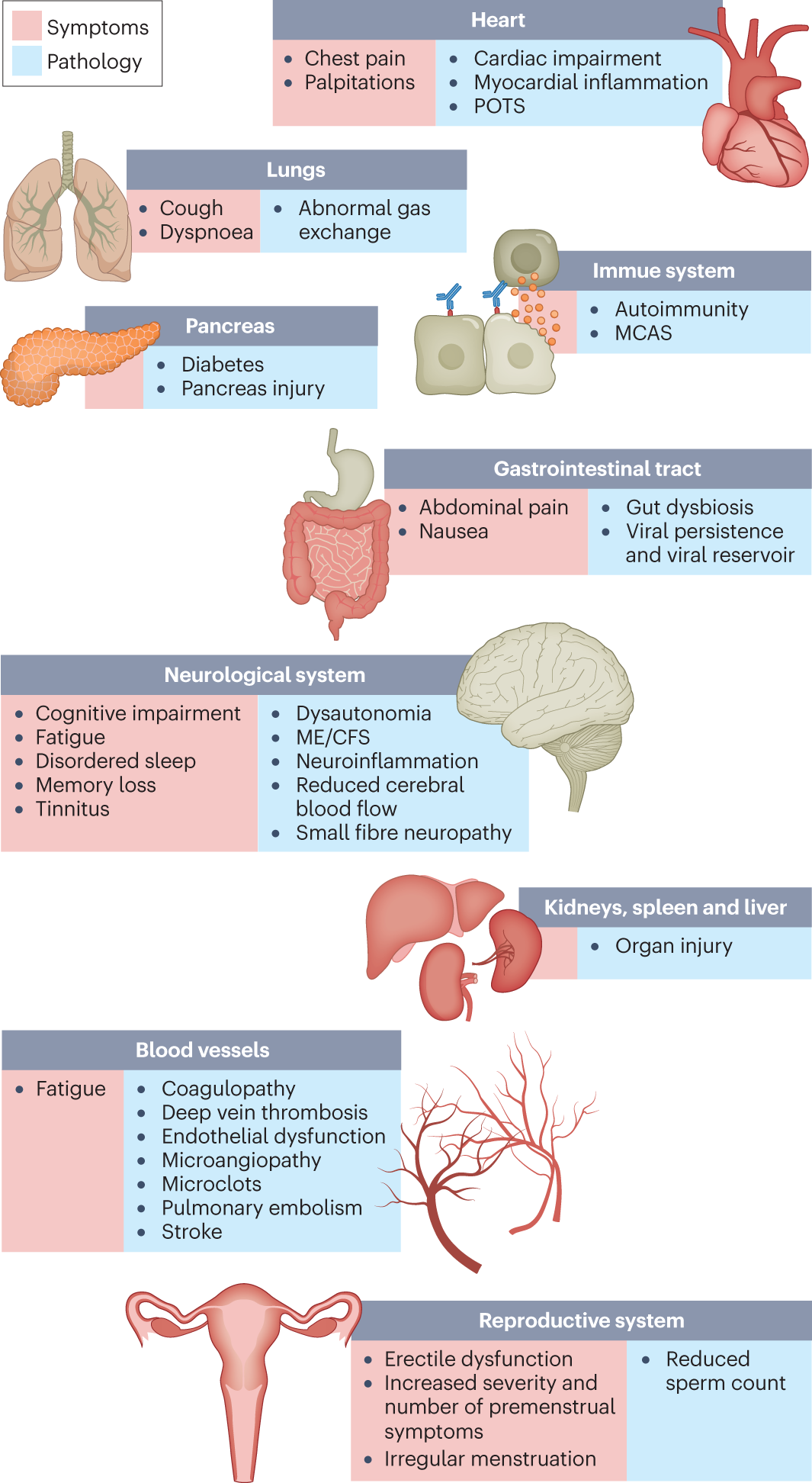

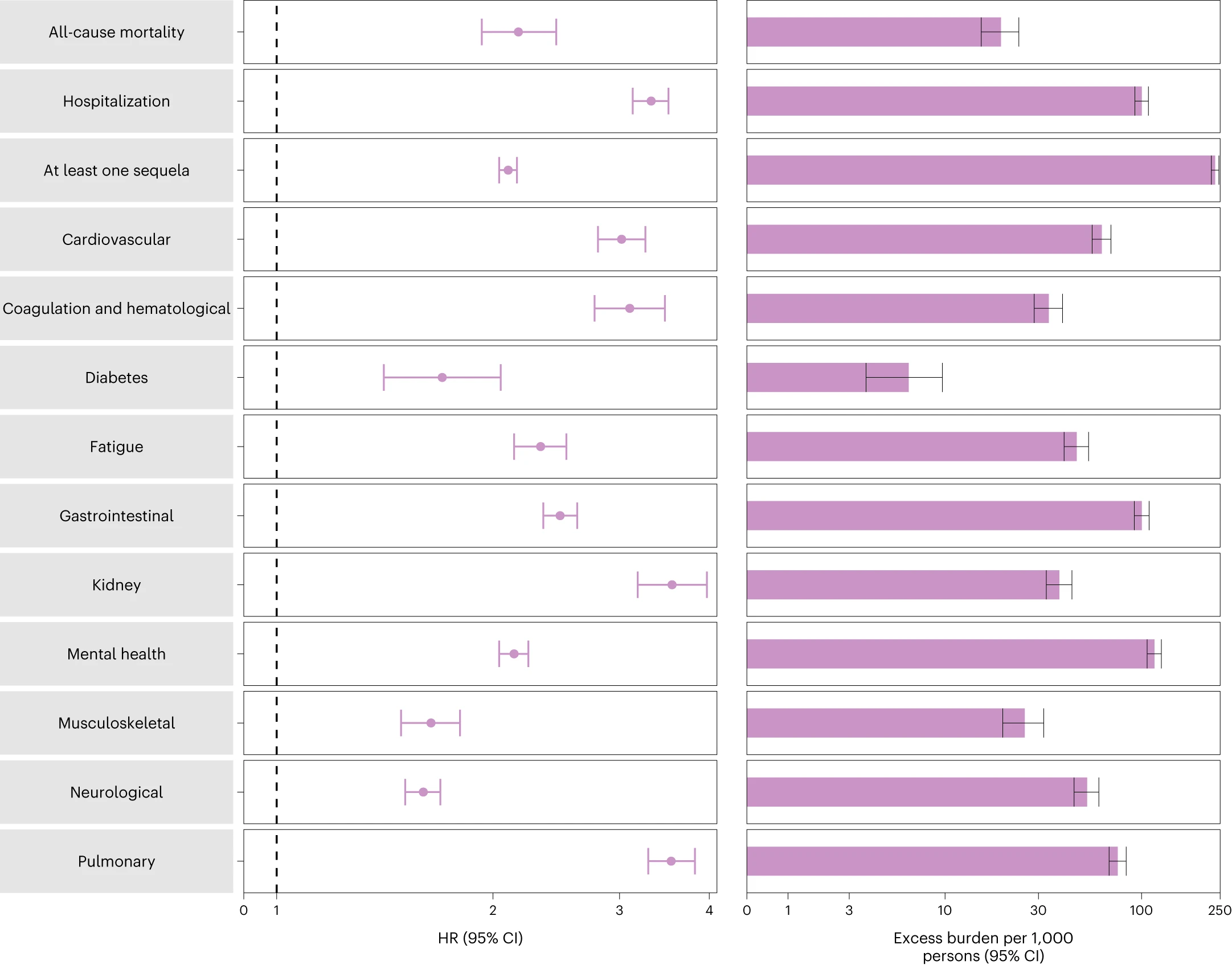
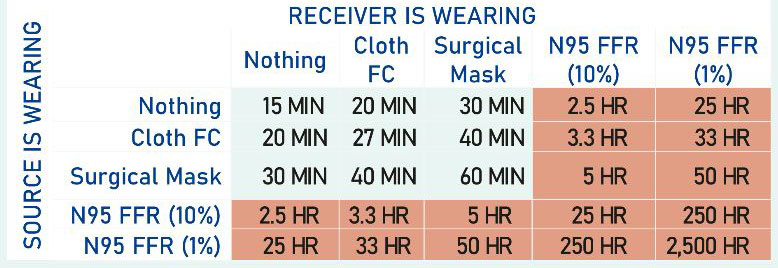
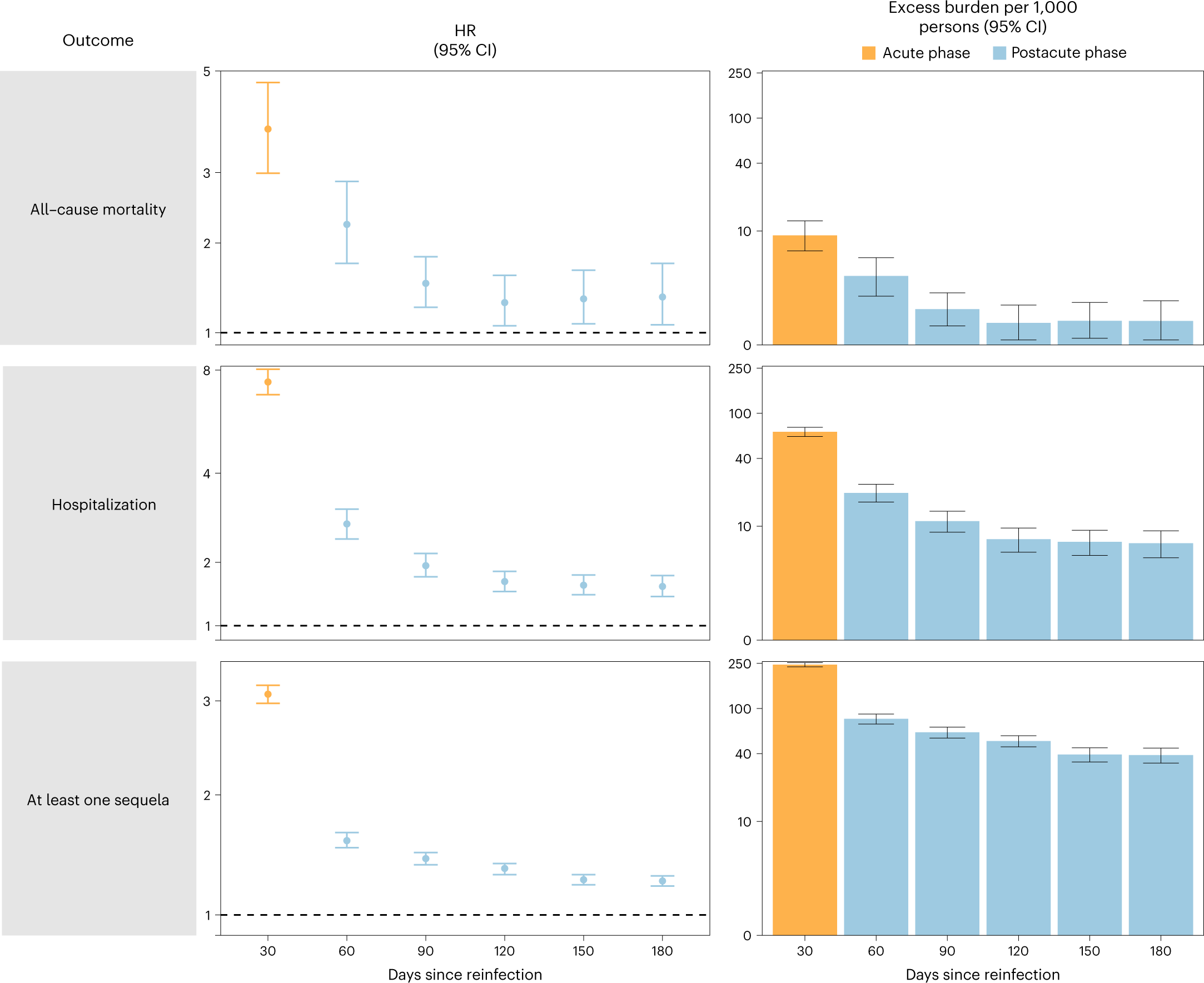
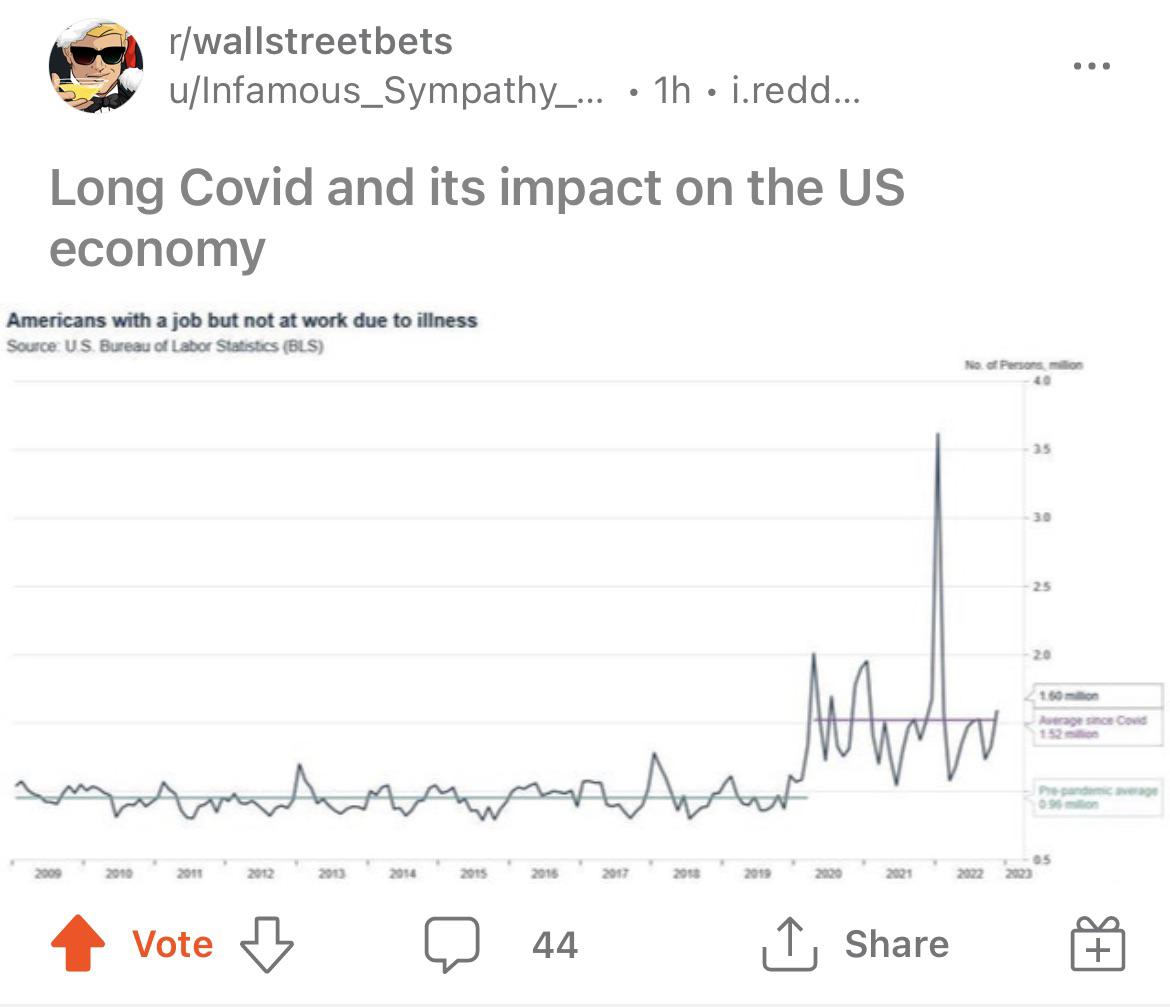
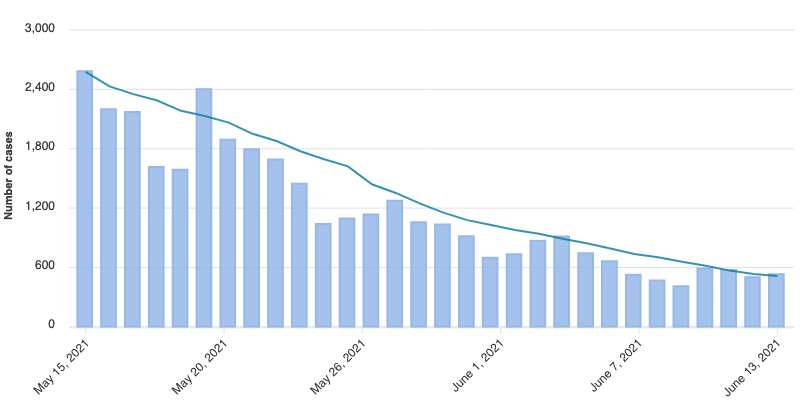

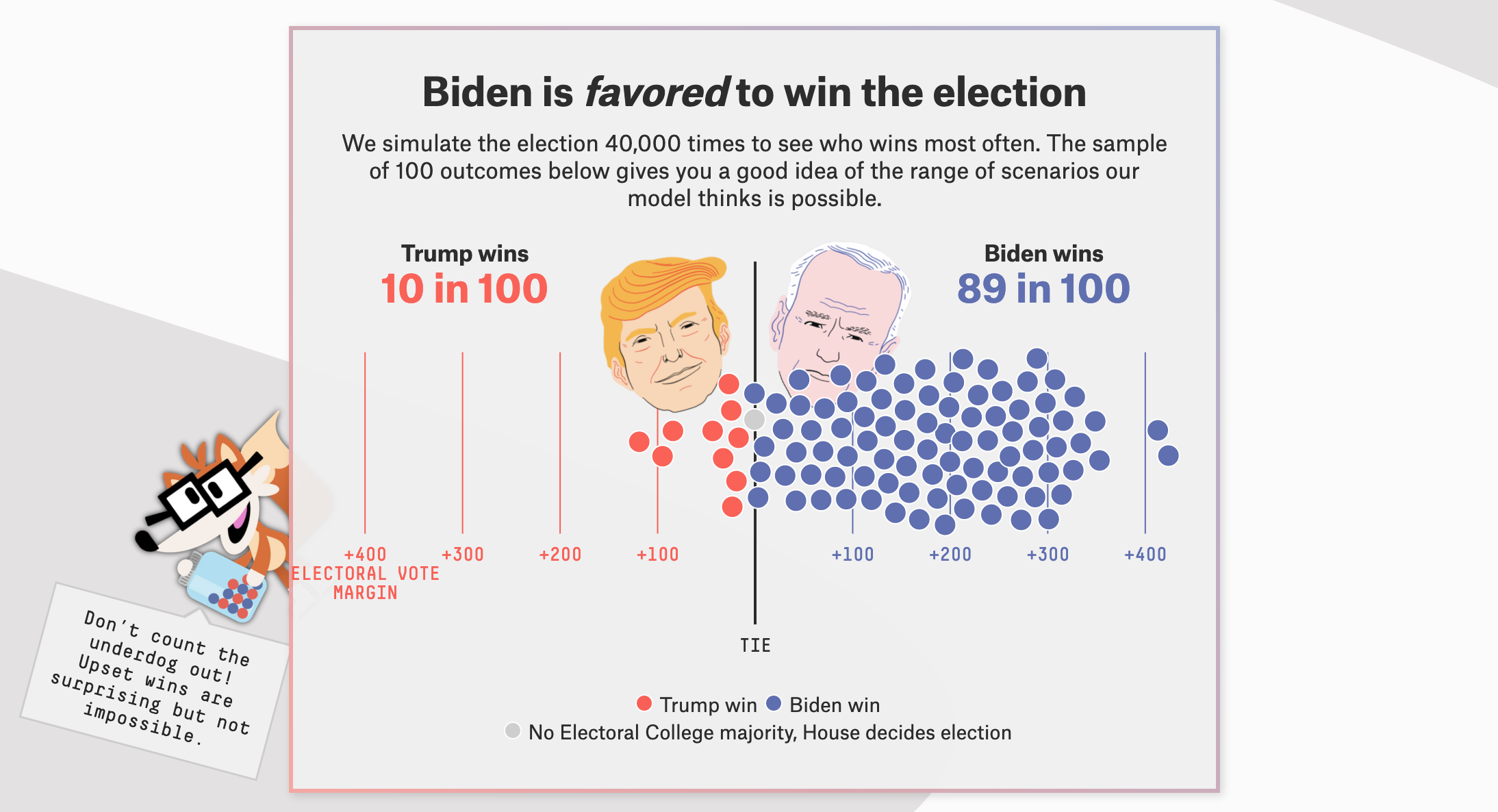
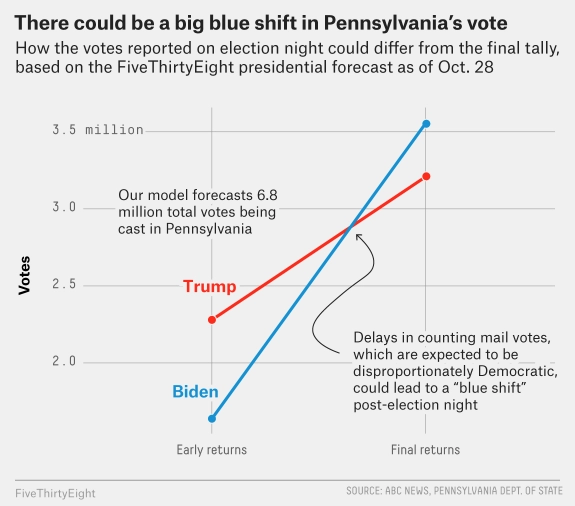
![[image of text: SOMEONE IS BEHAVING ERRATICALLY & IN HARM'S WAY. IMAGINE... ...TEXTING A NUMBER & AN UNARMED URGENT RESPONDER TRAINED IN BEHAVIORAL AND MENTAL HEALTH COMES WITHIN 5 MINUTES. AN HOUR LATER THAT PERSON IS SAFE & GETTING THE SUPPORT THEY NEED. ____ isn't that public safety?]](http://nayrb.org/~blog/wp-content/uploads/2020/06/100048085_1396935690493281_1256122056831926272_n.png)
![[image of text: SOME FOLKS ARE SLEEPING ON BENCHES IN THE PARK. IMAGINE... ...A CITY EMPLOYEE COMES BY & CHECKS IN TO SEE IF THEY NEED A PLACE TO SLEEP, FOOD, WATER, OR HEALTH CARE. AN HOUR LATER, THOSE WHO WANT A DIFFERENT PLACE TO SLEEP HAVE ONE. _____ isn't that public safety?]](http://nayrb.org/~blog/wp-content/uploads/2020/06/102753876_1396935670493283_5816427153863999488_n.png)
![[image of text: YOU ARE EXPERIENCING A MENTAL HEALTH CRISIS & AFRAID IMAGINE... ..YOU CALL +311 & A FIRST RESPONDER TRAINED IN MENTAL HEALTH COMES TO YOUR DOOR. 1 HOUR LATER, YOU ARE IN A SAFE PLACE WITH YOUR CONSENT, WITH PLANS FOR FOLLOW UP CARE. _____ isn't that public safety?]](http://nayrb.org/~blog/wp-content/uploads/2020/06/101943135_1396935640493286_6790783572073512960_n.png)
![[image of text: YOU DON'T REALIZE, BUT YOUR BRAKE LIGHTS AREN'T WORKING. IMAGINE... ... A CITY EMPLOYEE SIGNALS FOR YOU TO PULL OVER & SAYS, "HEY - HOW ABOUT I REPLACE THOSE LIGHTS FOR YOU RIGHT HERE SO NO ONE GETS HURT?" AN HOUR LATER, BOTH LIGHTS WORK & YOU'RE AT HOME. ______ isn't that public safety?]](http://nayrb.org/~blog/wp-content/uploads/2020/06/101585821_1396935627159954_4319540285664133120_n.png)
![[image of text: YOU ARE EXPERIENCING INTIMATE PARTNER VIOLENCE. IMAGINE... ...TEXTING A NUMBER & A TRAUMA INFORMED CRISIS INTERVENTION SPECIALIST MEETS YOU IN A SAFE PLACE. AN HOUR LATER YOU ARE WORKING TOGETHER TO MAKE A PLAN THAT WILL KEEP YOU SAFE LONG TERM. ____ isn't that public safety?]](http://nayrb.org/~blog/wp-content/uploads/2020/06/100931099_1396935617159955_522858533952159744_o.png)
![[image of text: YOUR FRIENDS ARE INTOXICATED & FIGHTING BUT YOU DON'T WANT THEM TO GET IN TROUBLE. IMAGINE... ...YOU CALL +311 AND A CRISIS INTERVENTION TEAM COMES TO YOUR DOOR. 1 HOUR LATER, YOUR FRIENDS ARE SLEEPING IT OFF AT HOME. ____ isn't that public safety?]](http://nayrb.org/~blog/wp-content/uploads/2020/06/101542463_1396935590493291_8469005819231338496_o.png)
![[image of text: SOMEONE SEEMS TO BE SNOOPING IN CAR WINDOWS IN YOUR BLOCK. IMAGINE... ...CALLING YOUR NEIGHBORS WHO ARE TRAINED IN SELF-DEFENSE & DEESCALATION & APPROACHING THE PERSON. AN HOUR LATER THE CONFLICT IS RESOLVED & THE PERSON RESPONSIBLE IS GETTING THE SUPPORT THEY NEED. ____ isn't that public safety?]](http://nayrb.org/~blog/wp-content/uploads/2020/06/83034667_1396935570493293_3111020438000500736_n.png)